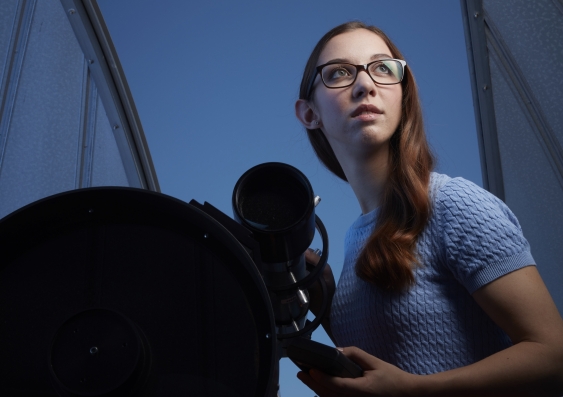Carl Sagan famously remarked the cosmos has more stars than sand.
Around 100 billion stars are estimated in the Milky Way galaxy. Light pollution is greatly diminishing the amount of stars we can view with the naked eye.
“We should be able to see over 2500 stars with the naked eye on any night, yet we can see only 125 of them at most in Sydney,” says astronomer, proud Wiradjuri woman, and UNSW PhD candidate Ms. Kirsten Banks.
In fact, citizen scientists throughout the world determined that light pollution is expanding at a pace comparable to the sky doubling every eight years in a recent Science research.
This newest study shows how much our night sky is losing darkness. We can all limit light pollution to preserve stargazing.

What’s “light glow”?
“Light glow” from artificial lighting that escapes into the sky blocks starlight.
“Light glow is additional light that isn’t beneficial for traveling in the dark. Ms. Banks explains, “This glow of light extends out and pours into the sky, washing off fainter lights that are normally stars.”
Our newest study used over 51,000 citizen science measurements of naked-eye star visibility to track global sky brightness from 2011 through 2022.
Data indicated that sky brightness increased by seven to 10 percent every year, reducing the number of visible stars.
This worldwide survey has 68 percent of observations from North America and Europe, a 2020 program in Australia, and a scattering of data from Asia, Africa, and South America.
Ms. Banks said Australia still has light pollution despite the data being mostly from overseas. Sydney has nearly the same light pollution as the moon. If there’s a full moon and no light pollution, you have the same night sky vision as Sydney.”
Astronomers are all.
Stargazing requires no extra gear.
Ms. Banks believes that stargazing should be available to anyone. “You can do astronomy by staring up at the night sky. Light pollution removes a science from people.”
Stars and the night sky have a long history in many civilizations.
Ms. Banks said around 250 Indigenous communities in Australia have used the stars for 65,000 years and continue to do so.
In her 2019 TEDx lecture on the amazing history of Australian Aboriginal Astronomy, Ms. Banks discusses Gugurmin, the Celestial Emu, a constellation based on the dark space around the Milky Way.
Aboriginals cherish the night sky.
In these dazzling cities, we’re losing culture. These stars are culturally significant. Some we can’t see anymore. We’re losing all those tales via that and colonization’s other repercussions.
Light glow reversal
Light pollution is reversible, so we can darken the sky.
Ms. Banks thinks there are several strategies to mitigate light pollution.
Create incredibly directional streetlights. While you stroll about, you may encounter streetlights with enormous lights that beam in all directions. Light is only beneficial on the route you’re travelling on. We can redesign our lights to be more proactive about where we want them.”
Ms. Banks says we can lessen light glow by changing the lights’ orientation, brightness, and color to amber/orange.
Some actions have been implemented locally, but more can be done. Several politicians have tried to limit light pollution in recent years.
Ms. Banks said Coonabarabran has taken these steps. “There are extremely stringent limits for all types of lights and they have special regulations to preserve the night sky for that region, because of the observatory nearby.”
Ms. Banks says everyone can contribute. Turning off superfluous lights, such powerful floodlights on your patio or lawn, is one method to help.
“Everyday folks can adopt easy solutions.”

